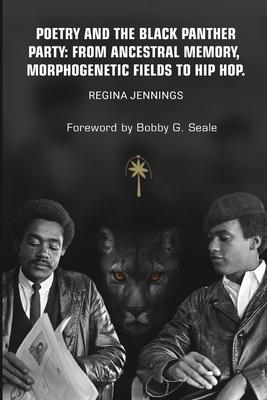As a member of the original Black Panther Party for Self-Defense, I have never forgotten how much that organization advanced my intellectual understanding of the dynamics of America and the world. Poetry and the Black Panther Party: from Ancestral Memory, Morphogenetic Fields to Hip Hop is my literary tribute to that mind awakening organization. Thus, this book is a literary tribute to the brave founders and members of the Black Panther organization, who published poems they wrote in the Black Panther newspaper. By explicating this poetry, using links to African thought and philosophy as well as physics, I have accomplished four intentions: the first, to present this body of literature to contemporary audiences; secondly, to follow a dictate of Malcolm X which is to connect Black America to Africa in all possible ways; thirdly, to unearth American Black literature to academic and lay audiences; and fourthly, to show Black Panthers as artists, minus the guns.
To add artistry to the Black Panther legacy broadens the Panthers' humanity which is normally confined to halting police brutality, a chronic problem in Black America. Yet, along with the Panthers' unique approach to solving that dilemma, explicating Panther poetry highlights the African and African-American literary traditions and shows how the originators Bobby G. Seale and Huey P. Newton together founded a unique American organization, which still inspires people locally and globally today. Seale and Newton were working class Black men who started their own newspaper and instituted a plethora of community-based programs using solely Black community resources. They were also cultural consumers who relished in the profound elements of Black music and Black poetry and in Poetry and the Black Panther Party: from Ancestral Memory, Morphogenetic Fields to Hip Hop I catalog how Panther poetry has roots and remedies in ancient African culture. In doing so, in particular for Black Americans and those on the African continent, I have conjoined and resurfaced a buried history alive in contemporary culture.
